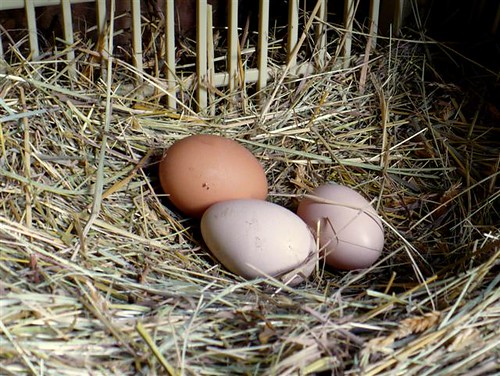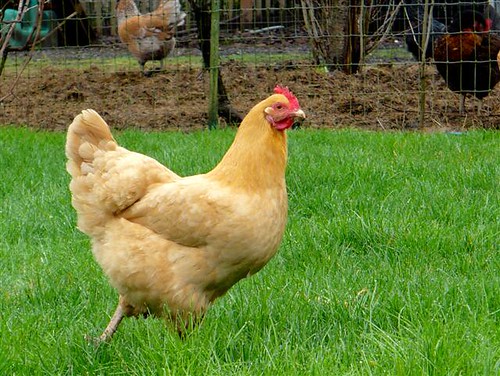Although I post to our
Daily Harvest and
Preserving pages almost daily, readers of this blog might not get a glimpse of what we grow and raise around here plus what we try to put away for later seasons. So my thought is to share from those links monthly in a separate post. Just looking back on what we had access to is sometimes quite surprising. Another reason to be thankful for the property we have and the ability to produce healthy foods for our family.
July's Produce
free-range eggs
twice-a-day goat milkings - ricotta, chevre, feta
snap and snow peas
strawberries
Russian and Nero kale
Swiss chard
endive
radicchio
radishes
green onions
Romaine lettuce
spinach
mache
arugula
snow and snap peas
winter mesclun mix
red onion thinnings
a tiny amount of basil prunings
fresh hardy herbs - chives, thyme, oregano
July's Preserving
7/1/10 - 14 oz. Romano goat cheese
7/2/10 - 14 oz. Parmesan goat cheese
7/8/10 - 10 oz. Italian seasoned ricotta salata
7/11/10 - 14 oz. Romano goat cheese
7/15/10 - 10 oz. plain ricotta salata
7/17/10 - 16 oz. Romano goat cheese (might not make it though)
7/19/10 - 18 oz. farmhouse goat cheddar
7/29/10 - 14 oz. Romano goat cheese
7/15/10 - 24 pounds blueberries u-picked from Redland Blueberries
(blueberry tart; 6 gallon bags frozen)
7/30/10 - 15 pounds blueberries u-picked from Redland Blueberries
(lost track of how many berries were frozen; lots though)
7/19/10 - 2 pint bags frozen Marionberries
7/23/10 - 2 pint bags frozen Marionberries
7/26/10 - 1 pint bag frozen Marionberries
7/29/10 - 2 pint bags frozen Marionberries
7/31/10 - 2 pint bags frozen Marionberries
7/28/10 - 12 oz. lime basil white wine vinegar
7/31/10 - 12 oz. thyme red wine vinegar
So as you can see this year has been a pretty productive gardening year for us. Plenty of material to work with and to be creative with in the kitchen.










.JPG)

.jpg)





.jpg)



